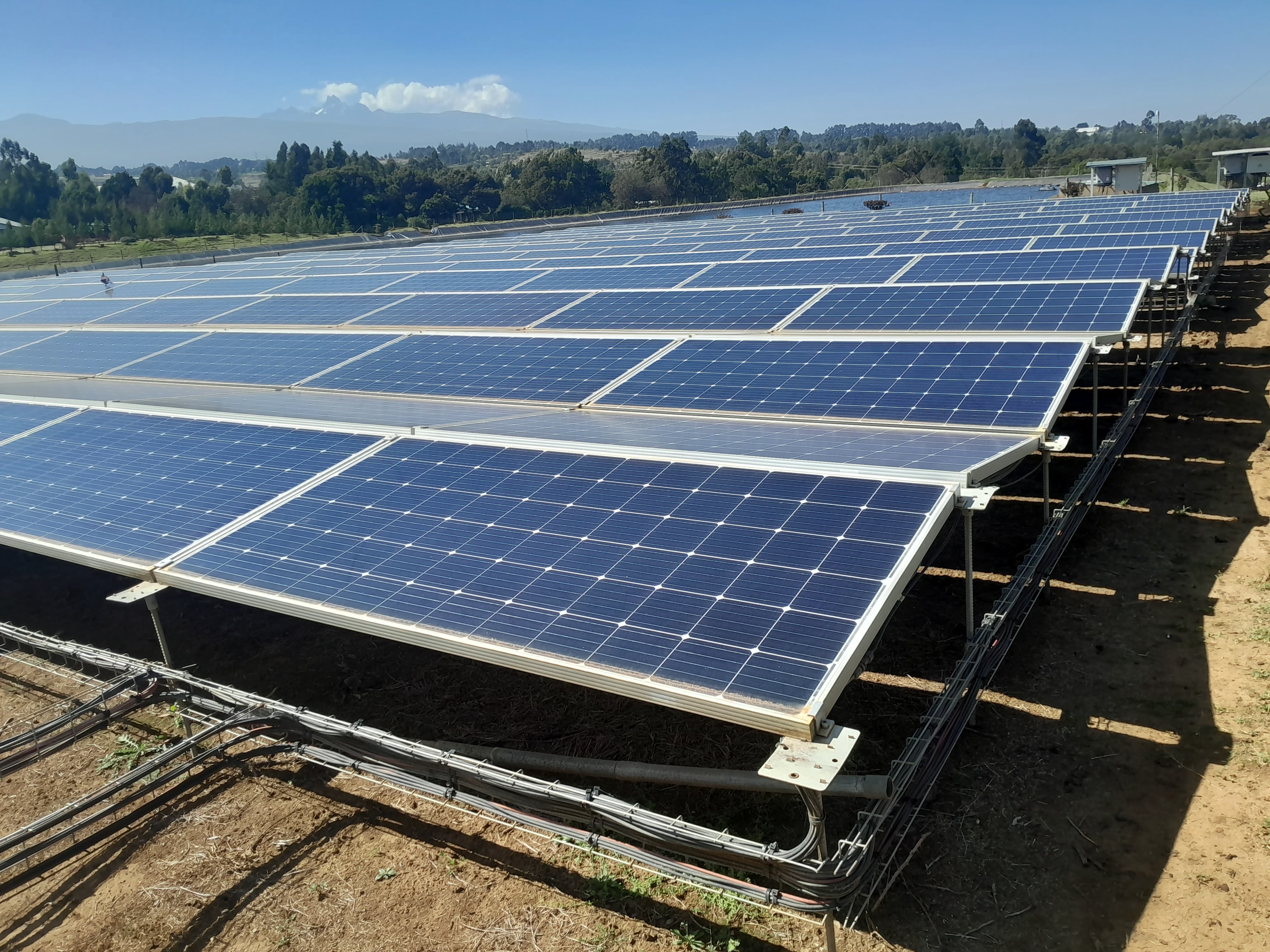
Energy efficiency plays a critical role in advancing sustainable development and achieving the United Nations' Sustainable Development Goals (SDGs) in Kenya.
As the country grapples with climate change, economic challenges, and social inequalities, optimizing energy use offers a practical and impactful solution to many national and global issues.
Here’s how energy efficiency contributes to key SDGs in Kenya:
1. Affordable and Clean Energy
Energy efficiency aims to ensure universal access to affordable, reliable, sustainable, and modern energy. In Kenya, where electricity access has improved significantly, energy efficiency helps reduce energy costs for households and businesses.
The adoption of energy-saving appliances, solar home systems, and energy-efficient cooking solutions like improved cookstoves reduces reliance on expensive and polluting fuels such as kerosene and firewood.
2. Climate Action
Reducing energy waste directly lowers carbon emissions, helping Kenya meet its climate commitments under the Paris Agreement. The country has made strides in renewable energy adoption, but energy efficiency further enhances sustainability by ensuring that power generation meets growing demand without excessive resource depletion. Initiatives such as energy audits in industries, green building standards, and efficient transportation systems support Kenya’s climate resilience efforts.
3. Decent Work and Economy
Investments in energy efficiency drive economic growth and job creation in Kenya. The energy efficiency sector fosters employment in areas such as green construction, retrofitting, and sustainable energy consulting. Additionally, businesses that implement energy-saving measures experience reduced operational costs, improving profitability and overall economic stability.
4. Sustainable Cities and Communities
Kenya’s urban areas, including Nairobi, Mombasa, and Kisumu, are experiencing rapid population growth and increased energy demand. Energy efficiency measures such as smart lighting, green buildings, and improved public transport systems help cities become more sustainable. The promotion of mass transit systems, electric mobility, and energy-efficient housing reduces congestion, pollution, and energy wastage in urban centers.
5. Industry, Innovation, and Infrastructure
Energy efficiency enhances industrial productivity and sustainability in Kenya. The manufacturing sector, one of the largest consumers of energy, benefits from energy management systems, modern machinery, and process optimization. Policies promoting energy efficiency in industries, such as those implemented by the Kenya Association of Manufacturers (KAM), help businesses reduce operational costs while improving competitiveness.
6. Responsible Consumption and Production
Energy-efficient production techniques promote sustainable consumption by reducing resource wastage and environmental impact. Kenyan industries are increasingly adopting energy-efficient technologies in sectors like agriculture, textiles, and food processing. Encouraging businesses and consumers to adopt energy-efficient products—such as LED lighting, energy-star appliances, and low-energy manufacturing processes—supports a circular economy that minimizes waste and maximizes resource use.
7. No Poverty and Zero Hunger
Improved energy efficiency lowers energy costs, making basic services such as heating, cooking, and lighting more affordable for low-income households. In Kenya’s agriculture sector, energy-efficient irrigation and post-harvest storage solutions enhance productivity, reduce food losses, and improve food security, directly contributing to poverty reduction and hunger alleviation.
8. Clean Water and Sanitation
Energy-efficient water pumps and treatment facilities ensure sustainable water management, reducing water wastage and enhancing access to clean water in both urban and rural areas. Innovations like solar-powered water pumps and wastewater treatment plants are transforming water access in Kenya, especially in arid and semi-arid regions.
Strengthening Partnerships for Energy Efficiency
Achieving energy efficiency goals in Kenya requires collaboration among the government, private sector, and development partners. Policies promoting research, innovation, and financial incentives accelerate the adoption of energy-efficient solutions. Programs such as the Energy Efficiency and Conservation Strategy by the Ministry of Energy and partnerships with organizations like the United Nations Development Programme (UNDP) are driving energy efficiency advancements in Kenya.
Energy efficiency is a cornerstone of sustainable development in Kenya, with far-reaching benefits across multiple SDGs. By prioritizing energy-saving measures, we can reduce costs, lower emissions, create jobs, and improve living standards nationwide. Governments, businesses, and individuals all have a role to play in driving energy efficiency adoption and ensuring a more sustainable, resilient future for Kenya.
Investing in energy efficiency today is an investment in a cleaner, fairer, and more prosperous Kenya.

